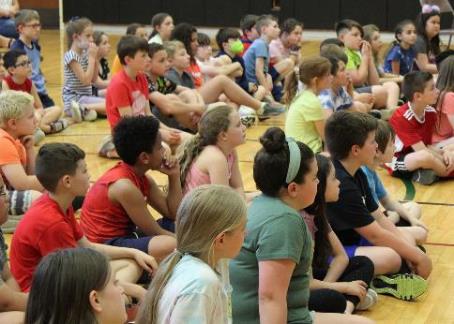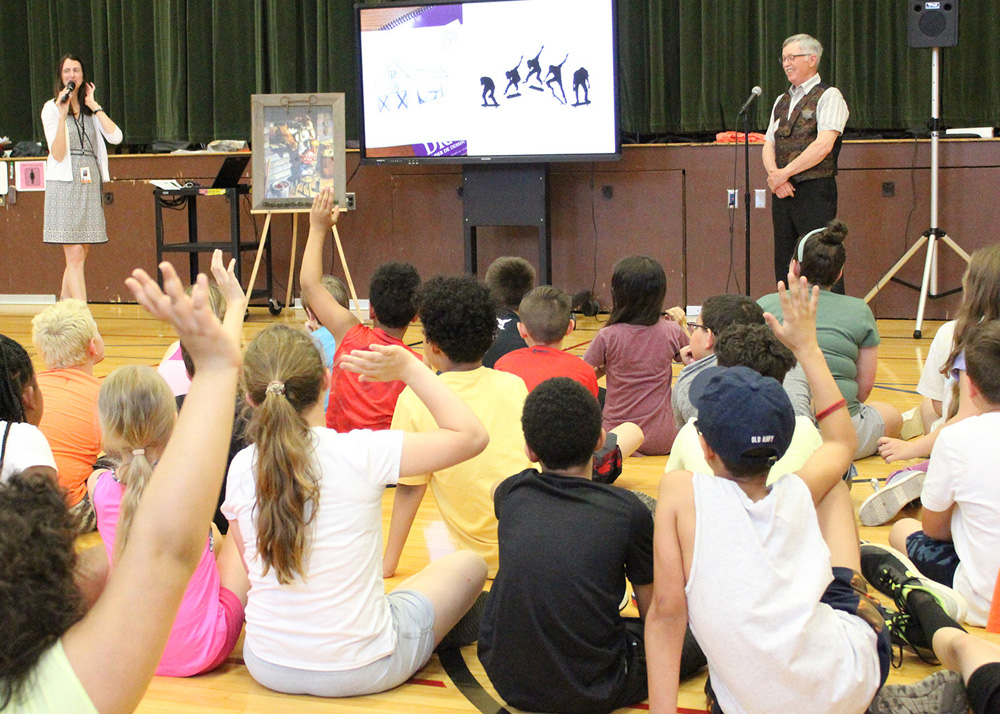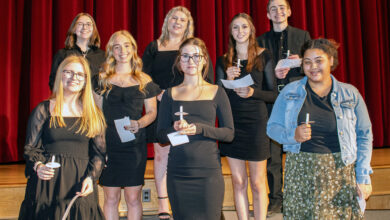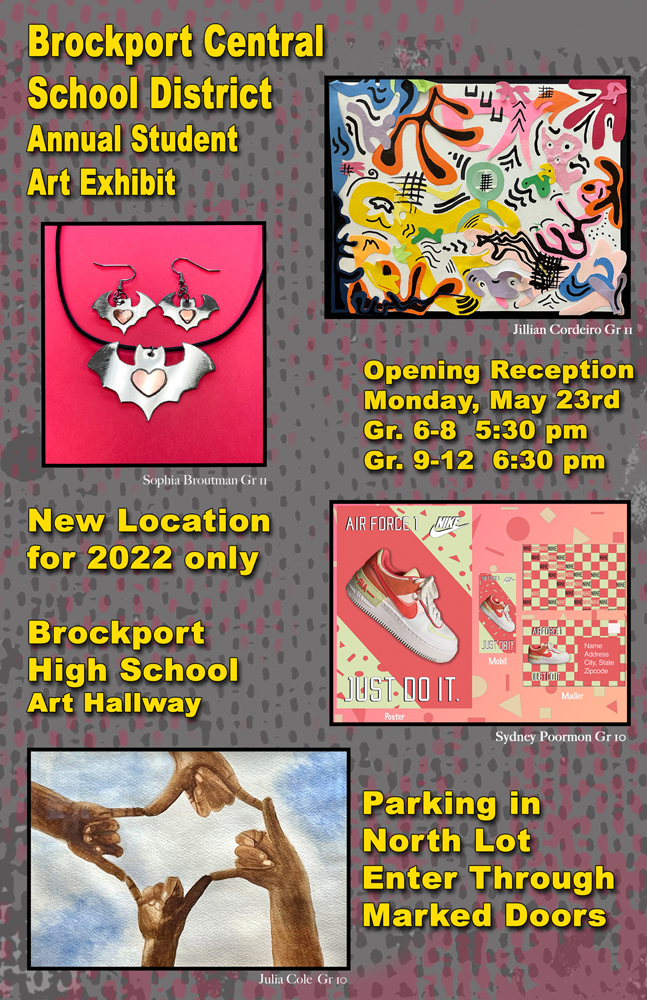A legacy learned at Churchville Elementary School
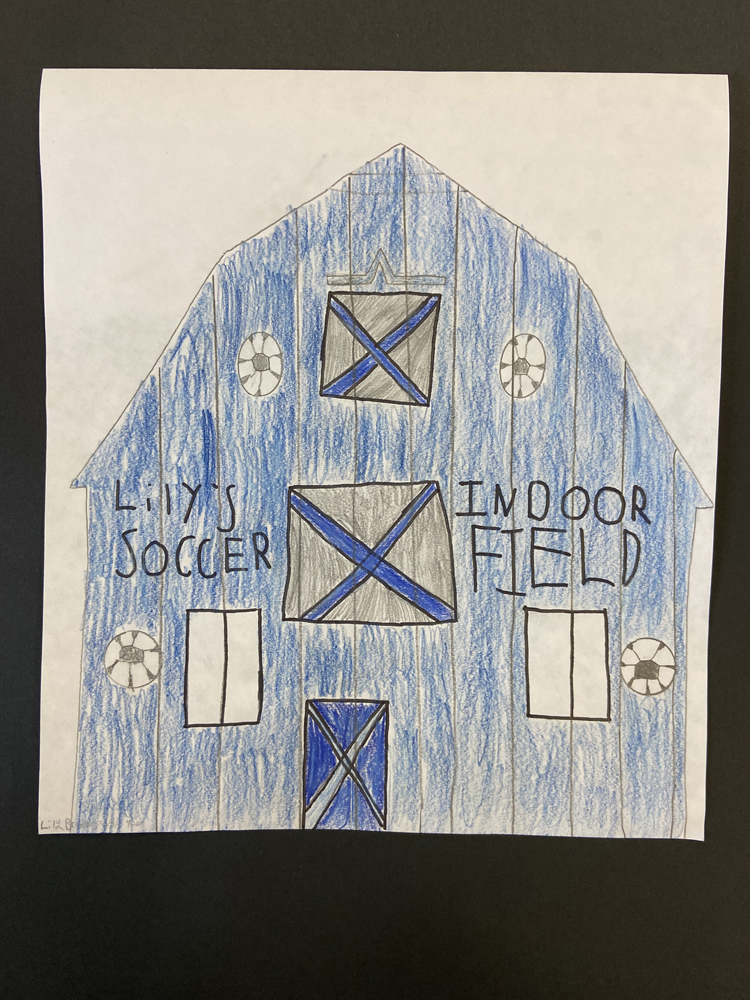
The Churchville-Chili community has a proud, rural tradition that can still be seen in its many working farms and historic barns. Almost half of the fourth graders at Churchville Elementary School say their families or friends own barns. This familiarity with old barns made these students perfect participants for an innovative educational opportunity focused on the question, “What good is a barn in the modern world?”
This question was posed by CES Library Media Specialist Katie Andres and art teacher Anne Clancy, who collaborated to design a Project Based Learning experience that challenged students to read, learn about history, think creatively, connect to their community, and become inventive problem solvers. Students began the project by reading “Barn” by Debby Atwell, a story that spans 200 years of American history, from the American Revolution through present day. They broke into small groups to research the historical events that happened around the titular barn, using a variety of digital resources in the school library. They discussed what they learned and made personal connections to the barn and to the history. “One student lit up as she shared details about her family’s 100-year-old barn with her classmates,” said Andres. The collaboration continued, as Clancy invited the young barn enthusiasts to begin sketching barns to gain an understanding of their general exterior structure and design.
“We then presented the problem of our local Wells barns,” said Andres. “One of the few remaining Wells barns in our area just came up for sale. It was once part of a thriving farm, but now sits on a small plot of land and is in great need of repair to keep it standing. It mirrors the situation of the barn in Atwell’s story.” Wells barns were built with a unique truss design patented in 1889 by Scottsville builder John Talcott Wells. Most of the elegant, cathedral-like structures were built in Monroe County, and fewer than 50 still survive today. Visit www.wellsbarnhistory.com for more information.
As part of their art class, students learned more about the design of Wells barns and brainstormed ideas for adaptive reuse. Each proposed a new purpose for the barn and used different art media to illustrate their concepts. Solutions ranged from bakeries, libraries, and indoor soccer fields to special event venues and skate parks.
On May 12, Town of Chili Historian Pete Widener visited the school and shared archival images and a special presentation on local barns. He explained to students some of the difficulties owners face in preserving heritage barns. Time, weather, economic forces, as well as the changing nature of farming, have all been hard on the structures. Over the past 20 years, an alarming number of Chili’s barns have been lost forever.
Students asked questions and shared some of their own creative ideas for bringing new life to barns. They were encouraged by hearing that their artwork will go on display at the Chili Public Library in late June, hopefully inspiring others in the community to think about how barns can be saved.
Provided information and photos
